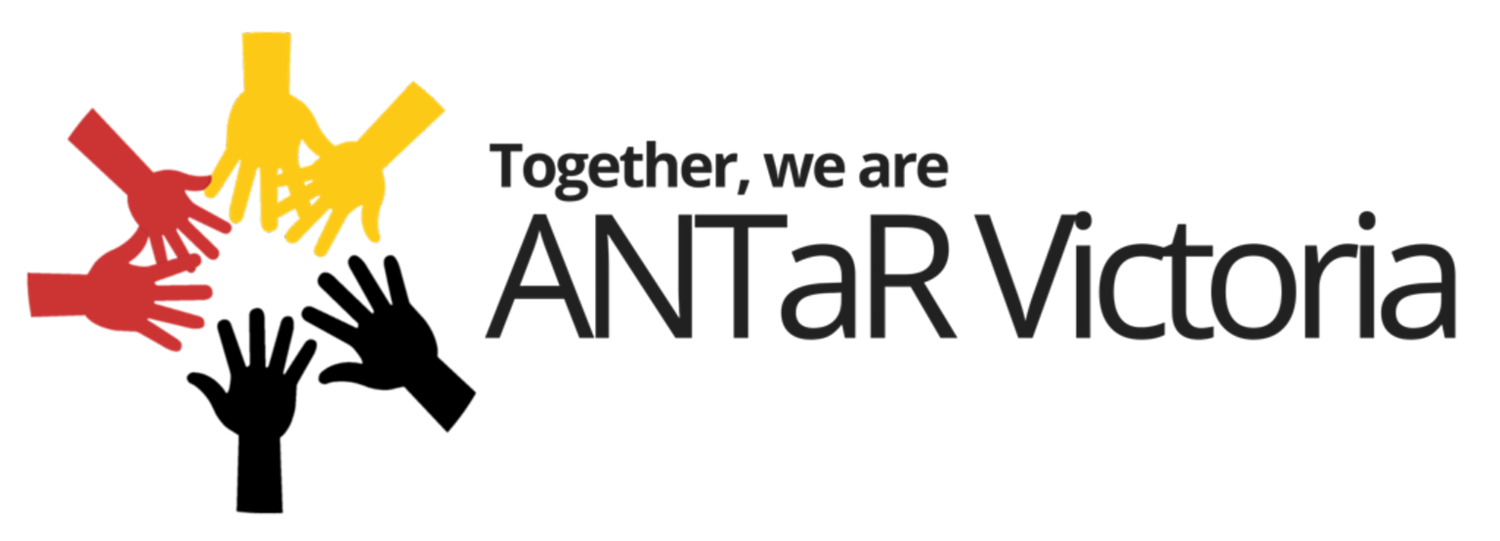FAQ
Why are multiple treaties needed?
Australia's First Peoples have a range of life experiences and connections to their cultures and history. Pre-colonial Australia was made up of over 500 nations with different languages, stories and practices. Since colonisation, First Nation Peoples have been subjected to dispossession of land, attempted assimilation and erasure of cultural identity. Furthermore, institutionalised racism continues to impact communities and individuals in areas of employment, education, health diagnosis and rates of imprisonment.
The diversity of First Peoples, past, present and future must be reflected in Treaty/ies, as First Nations around the country have different relations to local government, different priorities and different levels of access to resources. As economic, political, and cultural structures differ across the state and country, so too do the First Nations which interact and contribute to these. First Peoples may seek the empowerment of land rights, empowerment of cultural identity and language, autonomy in managing local tourism, political action and the education of non-Indigenous Australia about topics such as culture, accurate history or privilege.
A commonality amongst all First Peoples of Australia is the importance of cultural identity and connection to land. This is expressed differently throughout the country, yet must always be honoured and respected in order to move forward in solidarity. First Peoples must be respected in ways specific to local culture, land, and identity.
WHAT ARE BENEFITS OF A TREATY FOR THE WIDER COMMUNITY?
There are many direct and indirect benefits that a treaty would offer the wider community. By addressing disadvantage, racism, and oppression, as well as resourcing self determination, the cultural and economic divide between Aboriginal and non-Aboriginal Victorians would lessen. Multiple studies show that when these social divides fall , so do crime and incarceration rates, the prevalence of mental and physical health issues, as well as gaps in employment and self-esteem. This means the money needed to fix such social problems is reduced when such issues are prevented through healing trauma and promoting cross cultural solidarity. Not only does self determination lead to a more cohesive society, but local and national economies benefit.
Read about how racism and lack of diversity can harm productivity in the workplace here.
Read about the mental health impacts of racism here.
Read about Closing the Gap in Victoria here.
INDIGENOUS, ABORIGINAL AND TORRES STRAIT ISLANDER, FIRST PEOPLE...WHAT DO I USE?
The vocabulary of justice changes over time so it can be hard to keep up. Indigenous is widely considered outdated now, yet is still used in the term, non-Indigenous. The word is somewhat offensive so try to avoid it.
Aboriginal and Torres Strait Islander People is still used today as is Traditional Owners.
First Nations Peoples and First Peoples was first used in Canada and is widely accepted in Australia today. This is particularly the case in the rhetoric of activism. These are respectful terms yet not all First Peoples identify with a First Nation. If the Nation of a First Person is known, it is most respectful to refer to the their mob. If you are unsure which title to use and when, there is no harm in asking. Self-education paves that way for respect and justice.
In this material we have referred to First Nations Peoples of Victoria as Aboriginal Victorians, while First Nations Peoples has been used mean all Traditional Owners.
Remember that Australia's First Peoples are diverse and have different viewpionts to offer. Deadly Questions is a campaign by Aboriginal Victoria which sets outs to answer uncomfortable or simply allusive questions.
More questions?
As Gary Fowley explains here, the first step towards supporting First Peoples' rights is educating yourself. Please ask us further questions below.
